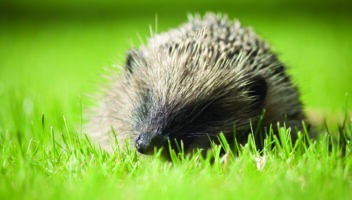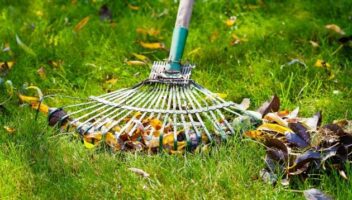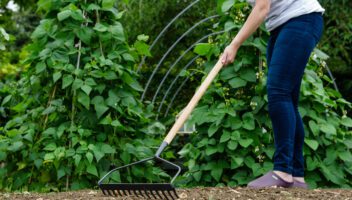If your concept of seasons is influenced by phenology – nature’s calendar – the arrival of autumn is not dictated by something as arbitrary as a month. It is characterised by blackberries and holly berries arriving on bushes, by the first tint of colour on ash and elder and by the migration of swallows and reed warblers.
A traditional view of autumn would also suggest it is the season when the garden goes over and bright summer colour fades. It is still perfectly possible, however, to bring plenty of colour to containers and borders by choosing bedding plants, trees and shrubs that yield late colour.
All plants subject to availability at Hillier Garden Centres
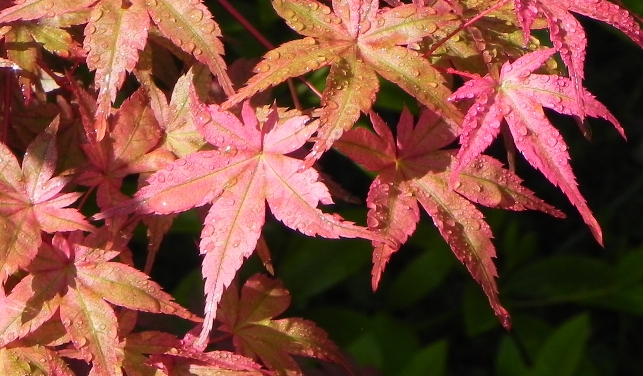 Image: Acer palmatum ‘Beni-Maiko’
Image: Acer palmatum ‘Beni-Maiko’
Acer Palmatum
Acer palmatum, also known as Japanese maple, are small deciduous trees which have been grown for hundreds of years in Japan. The different variefies produce stunning autumn colour, with leaves in varying shades of burnt red, orange and green. They make ideal container plants, growing slowly over the years.
 Image: Pieris japonica ‘Valley Valentine’
Image: Pieris japonica ‘Valley Valentine’
Pieris japonica
Pieris are spring-flowering shrubs that maintain great evergreen foliage. Autumn leaves take on a glossy, leathery deep green appearance and many varieties have striking variegated foliage. Pieris thrive in sheltered spots, either in full sun or partial shade.
 Image: Leucothoe ‘Scarletta’
Image: Leucothoe ‘Scarletta’
Leucothoe
The evergreen shrubs, Leucothoe, are a fantastic choice for year-round foliage colour. Their simple, lance-shaped leaves often offer mottled colour to beds and borders. Ideal for informal and cottage gardens, they are also an excellent choice for the underplanting of roses. Come the spring, the fresh growth bursts through in shades of pink and red.
Image: Sarcococca ‘Confusa’
Sarcococca confusa
Sarcococca are compact shrubs with glossy evergreen foliage. Plant Sarcococca confusa in a sheltered spot and you can enjoy the deep green of the leaves in autumn and fragrant white flowers in late autumn and winter. These flowers have a fragrant, sweet scent which inspires its common name ‘sweet box’.
 Image: Malus ‘Neville Copeman’
Image: Malus ‘Neville Copeman’
Malus
Malus, better known as crab apples, are deciduous trees that produce edible and ornamental fruit in autumn. There is a wide range of colour and size of fruits between variefies. ‘Neville Copeman’, for example, will yield pretty red-orange fruits that, while typically too sharp to eat, make for an attractive autumn garden.
 Image: Liquidambar styraciflua ‘Worplesdon’
Image: Liquidambar styraciflua ‘Worplesdon’
Liquidambar
Liquidambar trees have absolutely outstanding, long-lasting autumn foliage. The maple-like leaves produce fiery shades of orange, red and yellow that illuminate the garden. Can grow above 12 metres at full maturity.
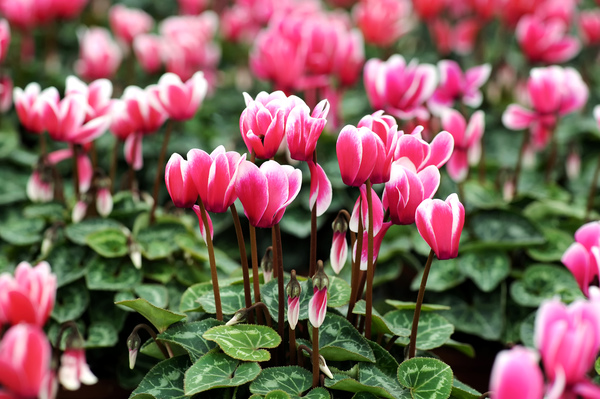 Image: Mini Cyclamen
Image: Mini Cyclamen
Cyclamen
Cyclamen are perfect to bring colour to a shady spot in the garden or for potting up in containers nearer to the house. With shades of pink, red and white they bring a beautiful lift to the garden in autumn.
 Image: Chrysanthemum indicum
Image: Chrysanthemum indicum
Chrysanthemum frutescens or indicum
Both frutescens and indicum are hardy varieties of Chrysanthemum that are extremely popular for an instant splash of autumn colour. Garden Mums, as they are sometimes abbreviated to, will look glorious overflowing in a big pot. By removing faded flowers, you can ensure more keep coming throughout the season.
 Image: Mixed Pansies
Image: Mixed Pansies
Pansies and violas
Pansies and violas are the backbone of all autumn colour in the garden. Planted in beds and borders, they can create vibrant colour right through to the spring. How can you tell which is which? Pansies have four petals that point up and one that points down, whereas violas have three petals that point up and two that point down.



